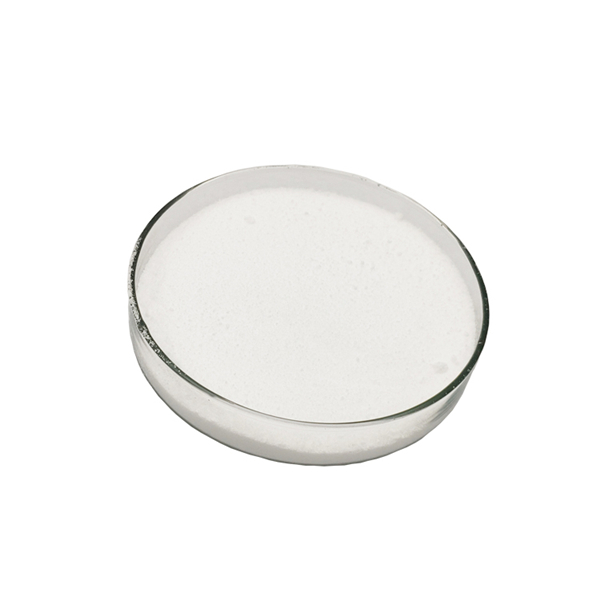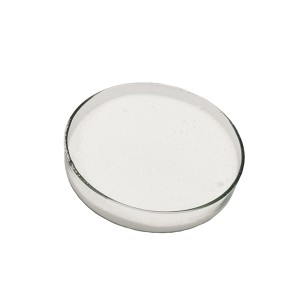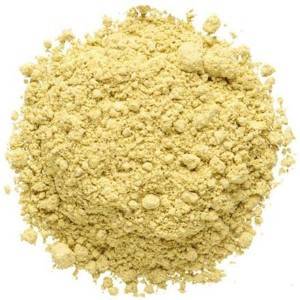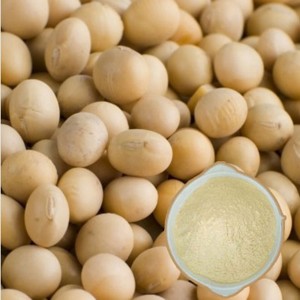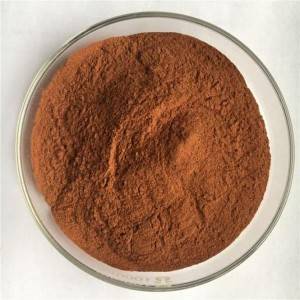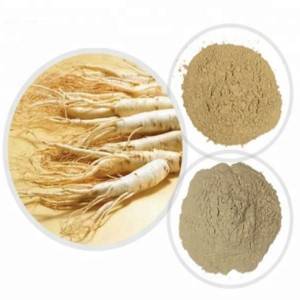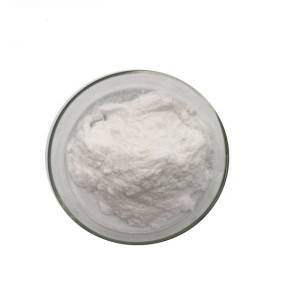Ceramide
Name: Ceramide
CAS: 100403-19-8
Feature:
Ceramides are a family of waxy lipid molecules. A ceramide is composed of sphingosine and a fatty acid. Ceramides are found in high concentrations within the cell membrane of eukaryotic cells, since they are component lipids that make up sphingomyelin, one of the major lipids in the lipid bilayer. Contrary to previous assumptions that ceramides and other sphingolipids found in cell membrane were purely supporting structural elements, ceramide can participate in a variety of cellular signaling: examples include regulating differentiation, proliferation, and programmed cell death (PCD) of cells.
As a bioactive lipid, ceramide has been implicated in a variety of physiological functions including apoptosis, cell growth arrest, differentiation, cell senescence, cell migration and adhesion. Roles for ceramide and its downstream metabolites have also been suggested in a number of pathological states including cancer, neurodegeneration, diabetes, microbial pathogenesis, obesity, and inflammation.
Ceramide has the following applications/functions:
1. One of the most studied roles of ceramide pertains to its function as a proapoptotic molecule. Apoptosis, or Type I programmed cell death, is essential for the maintenance of normal cellular homeostasis and is an important physiological response to many forms of cellular stress.
2. Ceramide is the main component of the stratum corneum of the epidermis layer of human skin. Together with cholesterol and saturated fatty acids, ceramide creates a water-impermeable, protective organ to prevent excessive water loss due to evaporation as well as a barrier against the entry of microorganisms. In the hyperplastic disorder psoriasis the water permeability barrier is compromised. Ceramide VI is the most abundant ceramide of the skin, along with ceramide II, and has been exploited to model the organization of the stratum corneum lipidic network.
3. Inhibition of ceramide synthesis with myriocin in obese mice may lead to both improved leptin signaling and decreased insulin resistance by decreasing SOCS-3 expression.
Composition:
Appearance: White powder
Packing: 25kg/drum or as discussed
Shelf Life: 2 years
Storage: Store in cool and dry area
Certification:ISO GMP KOSHER HALAL
